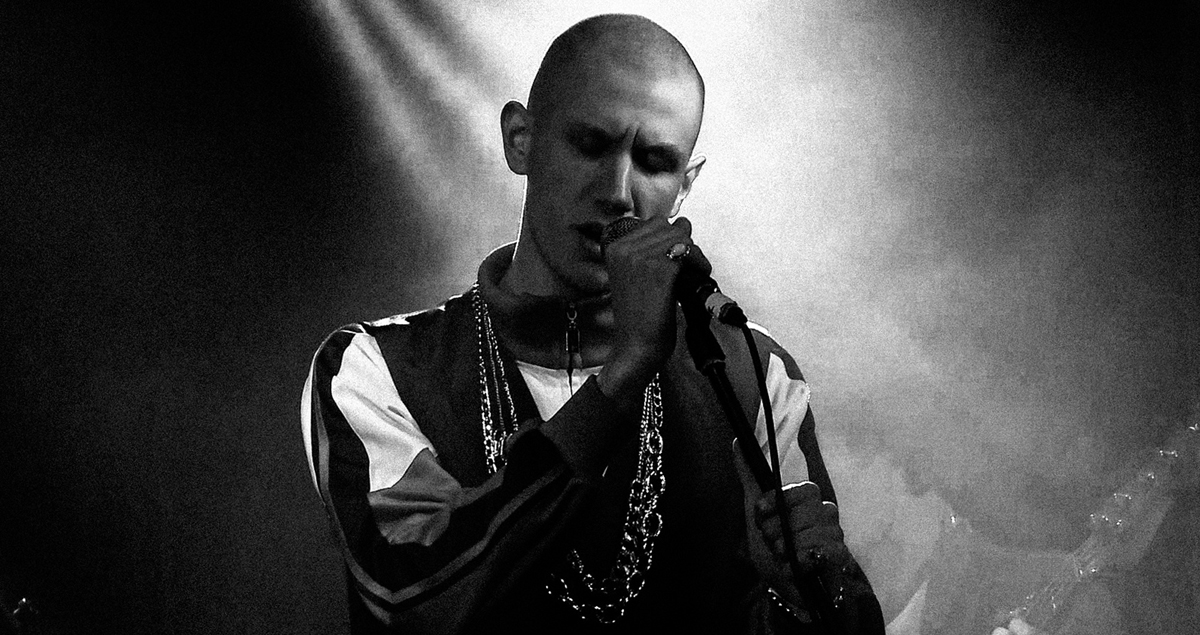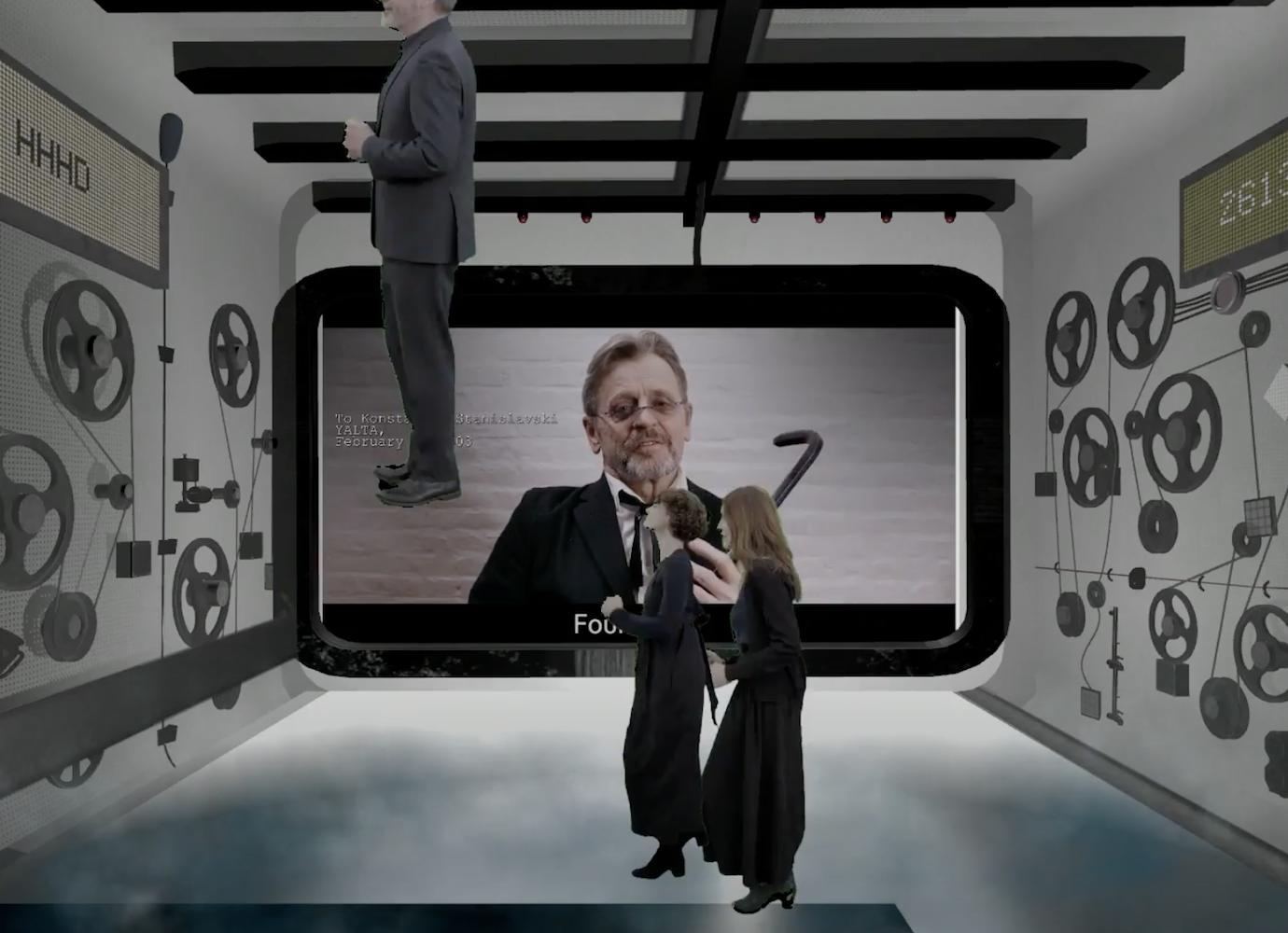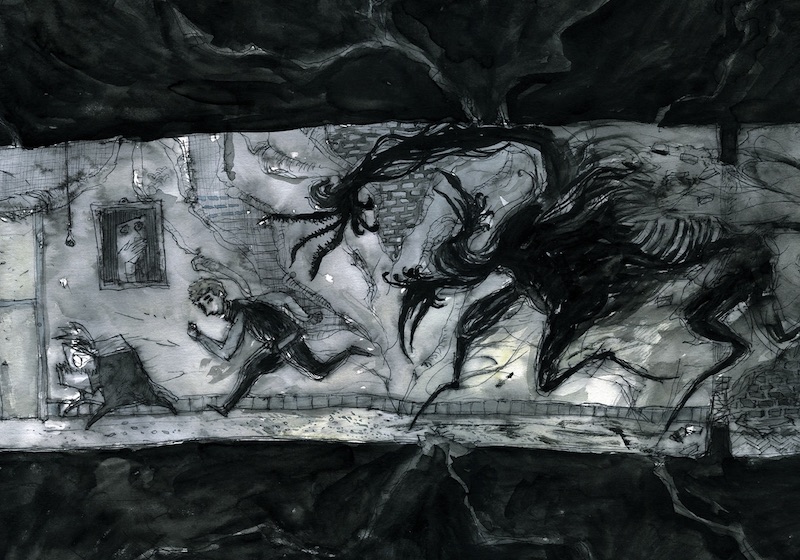Video game Gorbachev: how the Soviet Union’s final leader became a 90s retro gaming legend
Forget the Cold War. In the 1990s, Soviet leader Mikhail Gorbachev made his mark on a very different battleground: as a pixellated super-politician in the Sega-Nintendo console wars.
The eighth and final Soviet leader, Mikhail Gorbachev, was both a political titan and one of the most divisive figures in contemporary history. Depending on who you ask, Gorbachev either ushered in a golden era of globalised democracy and freedom – or, via perestroika and glasnost, lifted the Iron Curtain for the very last time, leading to the collapse of communism, and the rise of capitalism.
But while Gorbachev certainly played a decisive role in the Cold War, the Soviet leader also had his own small part in another battle raging in the same era: the Sega-Nintendo console wars.
Today, the giants of gaming are Sony (the company behind PlayStation), Microsoft (makers of the Xbox), and Nintendo (best known to today’s young gamers for the Nintendo Switch). But back in the late 80s and early 90s, it was Nintendo and Sega who competed for the hearts of gamers across the world: Nintendo with its Famicom (or NES in Europe) and hand-held Gameboy, and Sega with its Master System and portable Game Gear. And, in a brief window before the dissolution of the Soviet Union, a pixelated Mikhail Gorbachev made an appearance on both sides of the fence.
Gameplay for Gorby no Pipeline Daisakusen, or Gorby’s Great Strategy, released by Tokuma Shoten for the Famicom in 1991.
In 1991, a once-enormous Japanese multimedia powerhouse called Tokuma Shoten released Gorby no Pipeline Daisakusen, or Gorby’s Great Strategy. The titular character was none other than Gorbachev himself, who, in his own “falling puzzle block” game (a genre pioneered by Tetris), was tasked with connecting together bits of water pipeline between the USSR and Japan to improve bilateral relations. The developer, Compile, would go on to release a bigger hit with Puyo Puyo, a similar kind of puzzle game where the player this time arranged dissolvable owl-eyed blobs.
The story goes that the game’s developers approached the Soviet Embassy in Japan to request permission to use Gorbachev’s name for the character — a request that was apparently granted, leading to Gorby no Pipeline Daisakusen’s April 1991 release, complete with cover art by Takamasa Shimaura that starred the politician posing in front of the Buran space shuttle, a Soviet space craft that made just a single flight before it was sent to the scrap yard.
But the game’s artwork appears to be Gorby’s only actual appearance. All of the action takes place in the first person, suggesting that you may well be playing as Gorbachev himself. Ultimately, there are 10 stages in total for the president’s audacious pipeline plan, beginning in Tokyo and steadily traversing across Russia. Gamers rotate sections of pipe in order to cajole water into gushing from one side to the other along the way.
Not to be outdone, just a month later, Sega raced out its own title featuring Gorbachev in a starring role — although it’s unclear whether the rival company also sought official approval.
Roughly translating as “You Can Do It, Gorby!”, Ganbare Gorby! sees the Soviet president using a series of conveyor belts to liberate factories of their goods – from bread to SEGA Game Gears – for the huddled masses waiting outside the gates. At the same time, a Red Army guard chases our interloper with a baton, predating the very real confrontation between Gorbachev and the soldiers who would take part in the Soviet Union’s 1991 coup by a matter of months.
While Gorbachev starred in the leading role for Ganbare Gorby! in Japan, he was replaced with a nondescript blonde boy for the European version, renamed Factory Panic. Neither Ganbare Gorby, nor Gorby no Pipeline Daisakusen, were available in the Soviet Union, and they’re barely known to all but the most niche slice of retro gaming enthusiasts.
“I had heard of this game in passing but it’s not commonly known,” says Professor Dawn Spring, a US historian at APUS who has written on gaming history as historical scholarship. “There is a tradition of collaboration between Soviet and Japanese filmmakers, and Japanese games informed Soviet games.”
The game’s original Japanese manual says: “Build a Japan-Soviet friendship pipeline with your own hands! A country called the Soviet Union, which is right next to Japan but was far away for us Japanese. However, with the advent of President Gorbachev (Go
American and Japanese games also informed Soviet arcade cabinets, borrowing key concepts but re-working the premise to promote Soviet values. Ironically, in this case, Gorby no Pipeline Daisakusen is a clone of the most famous Russian game of all, Tetris — a rare instance of a trend running in the other direction.
Spring says that the diplomatic trappings of Gorby no Pipeline Daisakusen make it unique: to her knowledge, there are no other games which veer quite so close international relations. (In 2012, the US State Department released a game called Trace Effects, which teaches American English. The Red Cross was also working on its own title, but this was more humanitarian than diplomatic, according to Spring.)
Today, the likes of JFK or Nixon making appearances in franchises like Call of Duty may not raise too many eyebrows, but in the early days of console gaming, political cameos were far from common. Back in the early 90s, celebrity gaming cameos were more likely to feature pop culture or sporting personalities who starred in their own titles – like Michael Jackson’s Moonwalker or the infamous Shaq Fu with Shaquille O’Neal. But rare sightings of politicians did occur from time to time, including Fidel Castro and Che Guevara in SNK’s 1987 shooter, Guerilla War, Bill Clinton in 1994’s NBA Jam, and ‘President Ronnie’, clearly based on Ronald Reagan, in the 1988 arcade cabinet, Bad Dudes vs Dragon Ninja.
Mikhail Gorbachev storms a factory in Sega's Ganbare Gorby! The Soviet president was replaced for the European release.
When the Soviet Union appeared in games media, it was usually as a villain, says University of Kent historian Dr John Wills, the author of Gamer Nation: Video Games & American Culture.
“More often games, if anything, have worked against diplomatic relations, albeit in minor ways,” Wills says. “In the Cold War, titles such as Raid Over Moscow proved controversial for their sabre-rattling, although in retrospect they deviated little from other media of the time – for example, Firefox starring Clint Eastwood, or the gung-ho militarism of Red Dawn starring Patrick Swayze.”
Published by US Gold in 1984 on the Commodore 64, the game involved the player in a US military attack on the Soviet Union, following a Soviet nuclear launch. It was debated in Finland’s parliament and listed as harmful media in West Germany.
Gorby no Pipeline Daisakusen was the first and only Famicom game to star a political heavyweight in its title, earning it a little-known place somewhere dusty at the back of the gaming hall of fame.
The cover art for Ganbare Gorby! The gameplay shows a a Red Army guard chasing the president with a baton.
Unfortunately, the former members of the Compile team tracked down by The Calvert Journal did not respond to requests for comment; Nintendo had nothing in its archives about Gorby no Pipeline Daisakusen, and Sega didn’t reply at all. The Gorbachev Foundation also declined to comment. If it wasn’t for the retro gaming enthusiasts that have documented the titles, it would be tempting to assume they didn’t exist at all.
But they do exist, and the most probable reason for their existence likely lies in the period of “Gorby Mania” that swept the West due to his role in democratising and cracking open the Soviet economy. The era saw the former leader showered with praise, prizes, and popularity, eventually even starring in a Pizza Hut commercial post-collapse.
Ultimately, the cultural legacy of Gorbachev – even in the console wars – would never match that of his place in the Cold War. Yet, Gorby no Pipeline Daisakusen and Ganbare Gorby! offer a strange but charming digital snapshot into the feelings of the era – and the early convergence of politics with the emerging medium of gaming.


